The GDR constructed the barbed wire and concrete “Antifascistischer Schutzwall,” or “antifascist bulwark," on August 13, 1961 to keep the Western Germany "fascists," out of the East. Various checkpoints at the wall allowed visitors to come in and out of East and West Germany, and those who tried to escape or climb over the wall were often shot and killed. The wall came down on November 9, 1989 when the GDR announced that anyone could come and go as they please. The citizens were ecstatic and held big parties, specifically near the Brandenburg Gate. Throughout Berlin travelers will notice plaques on top of a red brick line depicting where the wall once stood, and pieces of the wall that still stand today.
For significant pieces of the wall, check out the Berlin Wall Memorial on Bernauer Strasse, the wall near the Topography of Terror on Niederkirchnerstrasse/Wilhelmstrasse, or the East Side Gallery near Ostbahnhof.
This television tower is Berlin’s iconic GDR symbol. Constructed between 1965-1969 by the GDR, the intentions of the tower was a symbol of communistic power, which broadcasted five FM programs. Located in Berlin-mitte, near Alexandarplatz, this 368-meter tower now contains a revolving restaurant, which has a visibility of up to 26 miles.
Alexanderplatz
Pre World War II, Alexanderplatz was the hotspot for Berliners. Post war, the commies built the square with sterile and unassuming architecture, which became the center of military parades and party events. In 1953, several anti-government demonstrators were shot dead during the anti-communist uprising. Here, travelers also find statues of Karl Marx and Friedrich Engels.
This area was destroyed during World War II and post war rebuilt by the GDR as an extensive socialist boulevard between 1952-1964. Between 1949-1961, the boulevard was named Stalineallee, but later renamed after Karl Marx in the fifties during the split of East and West Germany. The Allied zone occupied by the West and the Soviet Zone occupied by the East, has distinct differences still seen today.
At the intersection of Karl-Marx-Allee and Frankfurter Allee, is Frankfurter Tor, or Frankfurt Gate, a large square that contains the prominent Socialist towers.
Verkehrsberuhigte Ostzone
This underground communist bar is a dive bar decorated in communist memorabilia. It's a good pit stop for a cheap beer and to reminisce over the "good old days" and countless propaganda posters.
DDR Museum
Located directly on the River Spree, is the former government district of East Germany. The museum features exhibitions with three distinct areas such as the public life, state and ideology and life in a block tower. Highlights include interrogation room, prison cell, cinema and surveillance room.
This US Army station is the last checkpoint before headed into East Berlin. Today, a replica exists where guards stand at the station offering photographs and "visa stamps." The great news of today, is that McDonald's is just behind. How American!
For Kaffee und Kommunism try Cafe Sibylle, an over 50-year old neighborhood coffeeshop that proudly served East Germany cake and coffee during communism. It is important to check if the cafe is still in operation. In 2018, they lost the lease due to renovations and were deciding to relocate.
The museum located next to Checkpoint Charlie is a place to discover more about DDR and how German citizens fled East Germany. Checkpoint Charlie was one of the most significant border crossing spots. One of the most significant escapes was a family who engineered a hot air balloon, which was the prize possession for two families escape out of East Germany.
Marzahn-Hellersdorf
Marzahn has transformed from communist to hipster. This traditional communistic, uniform high-rise block housing is not aesthetically pleasing, unless you adore architecture that looks similar to prison chambers. But, this neighborhood is a significant representation of Berlin's past. Once bleak and dreary, the row housing received a facelift, which is now painted with bright colors. The 18-story "Flower Tower" is one of Berlin's most popular facade design. In Marzahn there are plenty of viewpoints to overlook the intimidating neighborhood as well as the city of Berlin. Try the 70-meter "Skywalk" located on the 21st floor of the block at Raoul-Wallenberg-Straße 40/42. Or, walk on the "cloud" known as the "Wolkenhain" is an observation tower overlooking the Gardens of the World. The park also features a cable car that ascends to the 102-meters summit of the Kienberg to the Wolkenhain. See what it was like to live in 1986 east Germany at the Museumswohnung WBS 70.
It's a former GDR apartment, now turned into a museum furnished with traditional artifacts and furnishings from that era.
This “New Guardhouse” is the Central Memorial of the Federal Republic of Germany for the Victims of War and Dictatorship. This monument represents three phases of German history: The War of Liberation, victims of WW1 and the victims of fascism from GDR & WW2. Inside is the Käthe Kollwitz's Pietà statue of her holding her dead son. The underground room contains the remains of an unidentified soldier and resistance soldier and the soil from the battlefields and concentration camp.
One way to know you are in East Germany is by the cross walk signals. East Germans replaced traditional cross walk signals from the West to use Ampelmännchen, the little red and green mans. Those signals were almost replaced, but East Germans demanded to keep these signals, which are still seen today.
What's your favorite communism landmark or spot in Berlin?
Check out our other Blogs on Berlin:
A Walking Tour of Unter den Linden: Berlin's Most Prominent & Historical Street
10 Significant WW2 Sites to Visit in Berlin, Germany
This Lemon Tree article is now featured on GPSmyCity. To download this article for offline reading or travel directions to the attractions highlighted in this article, go to In Search of Communism in Berlin.
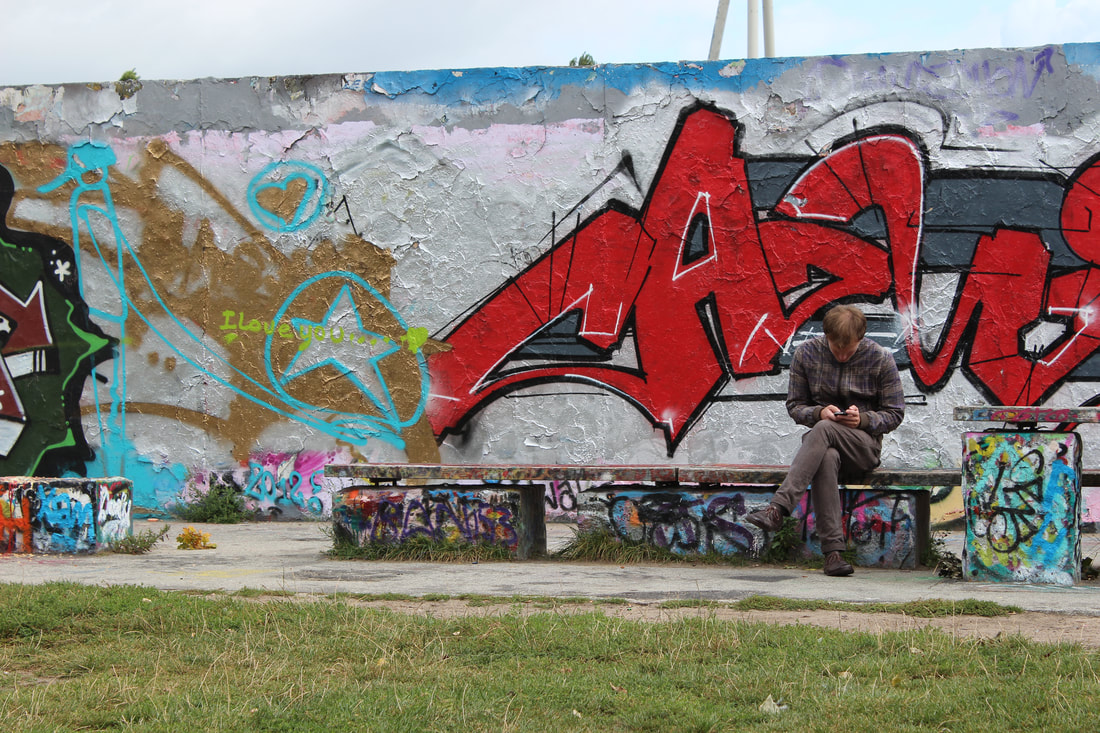
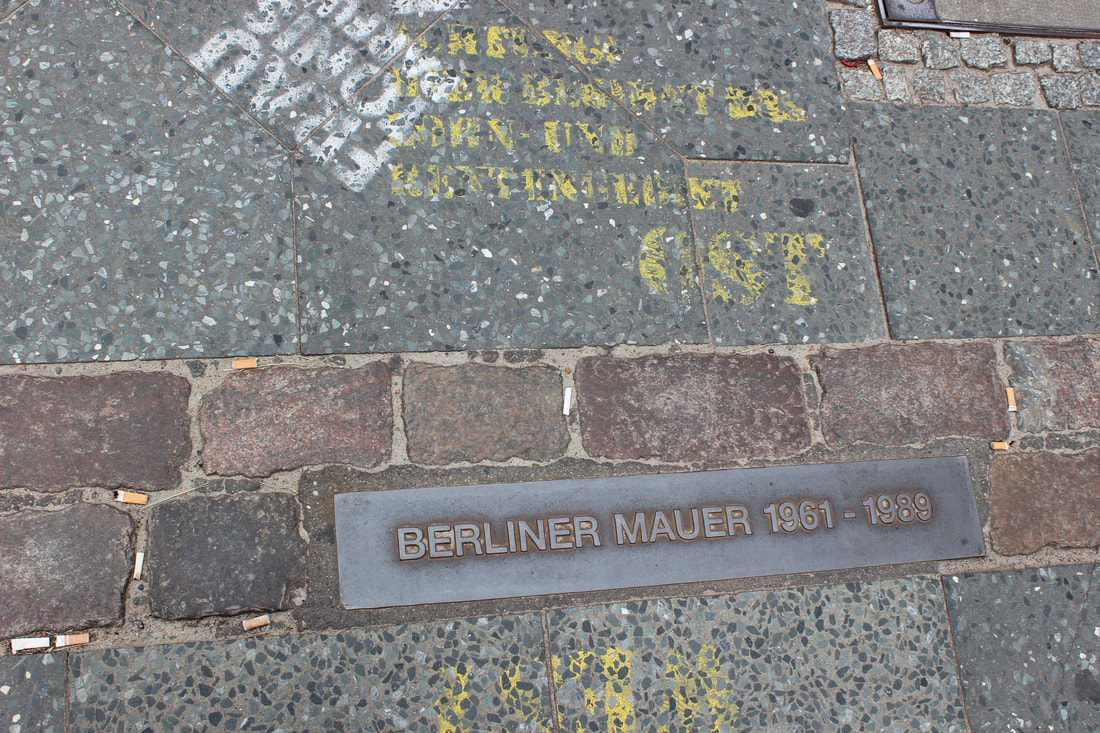
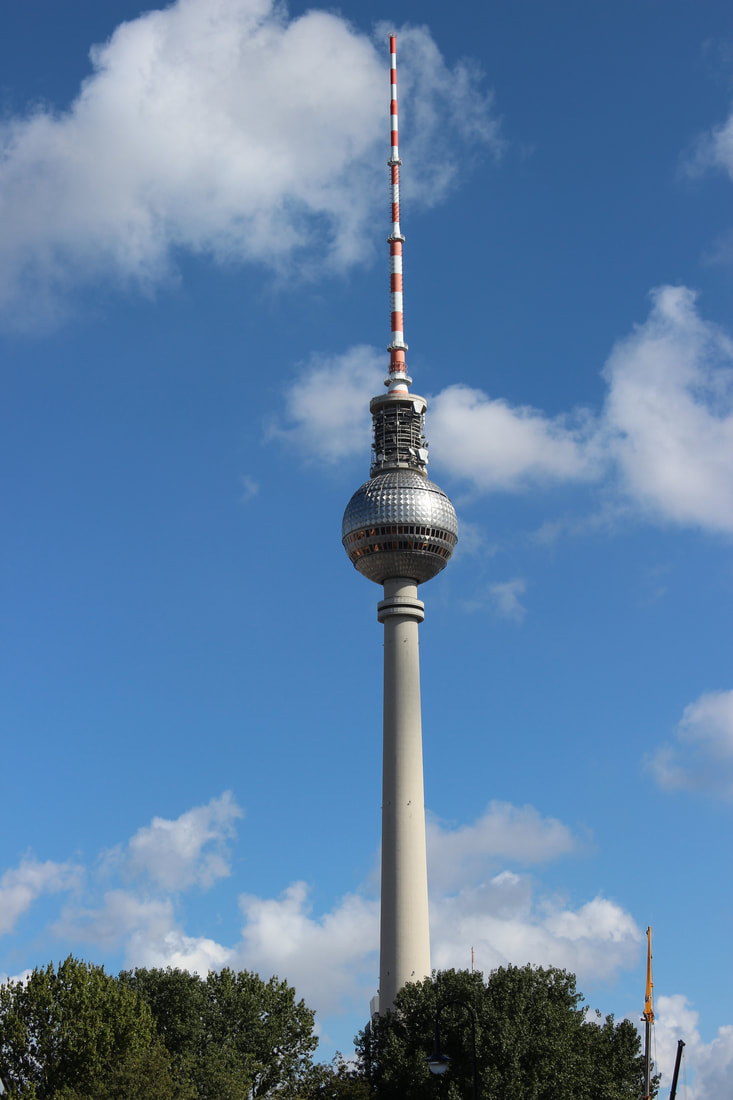
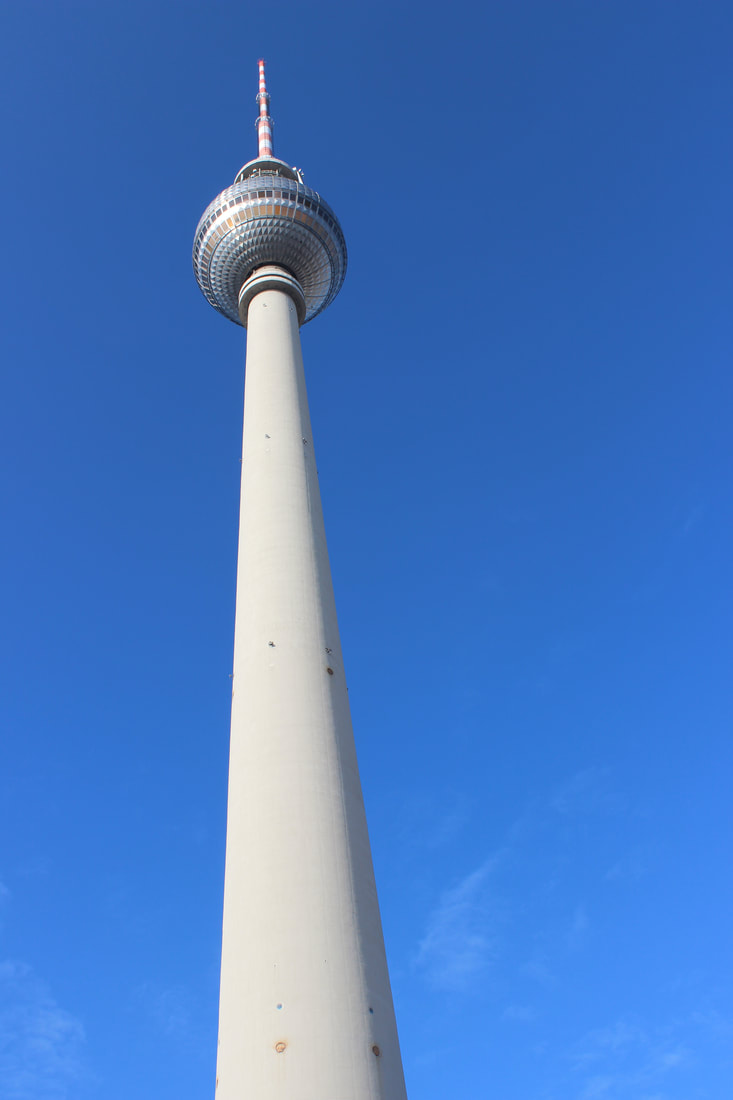
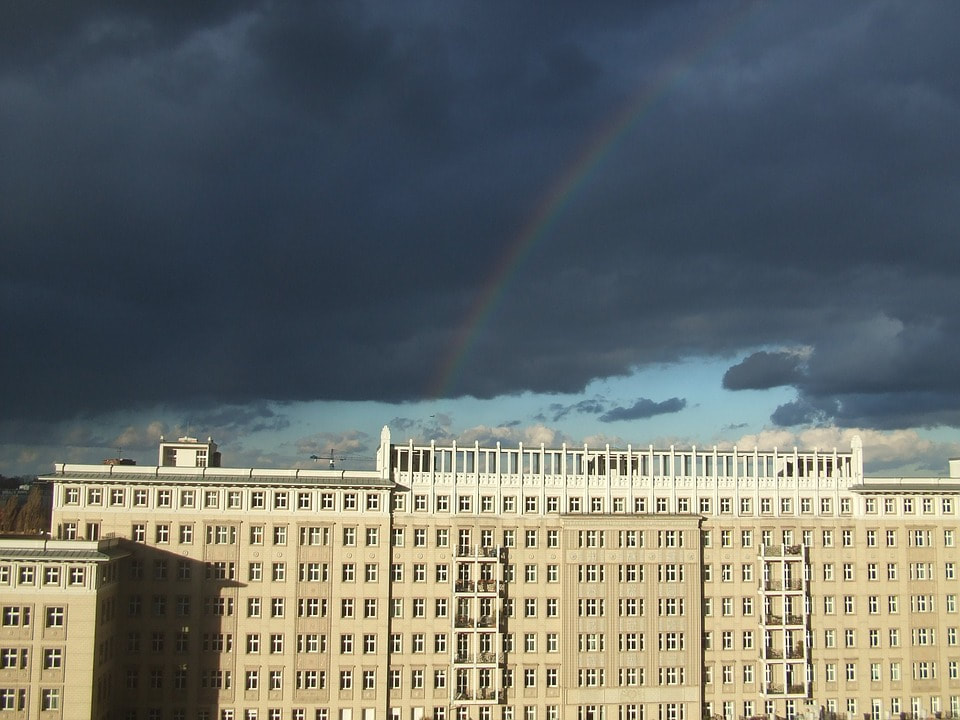
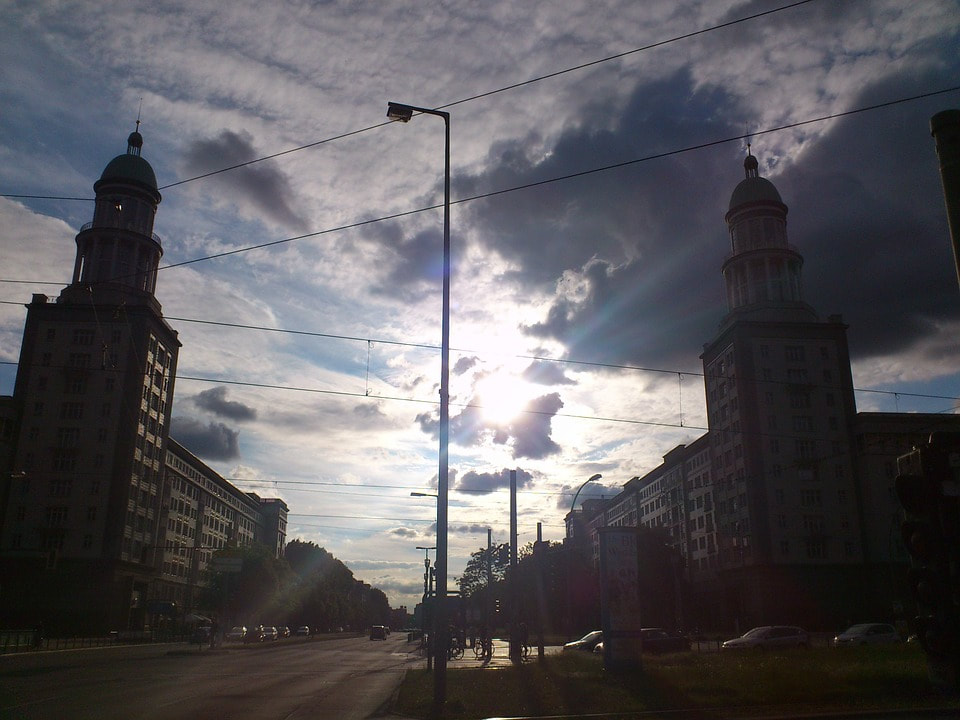
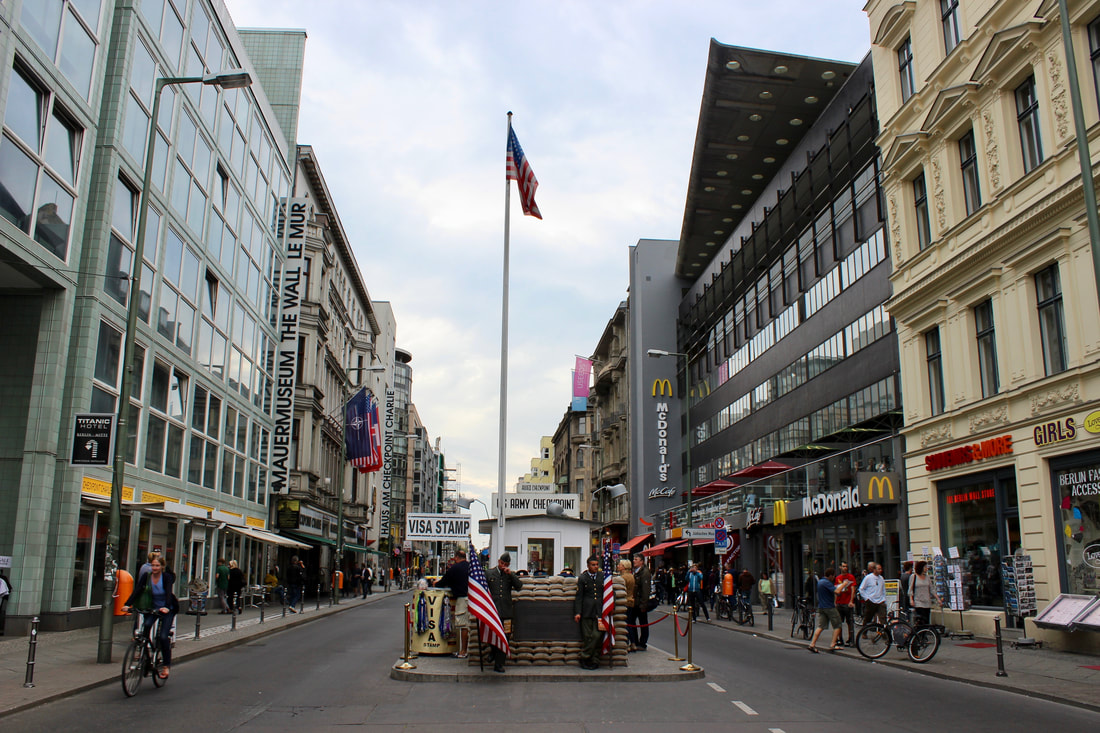
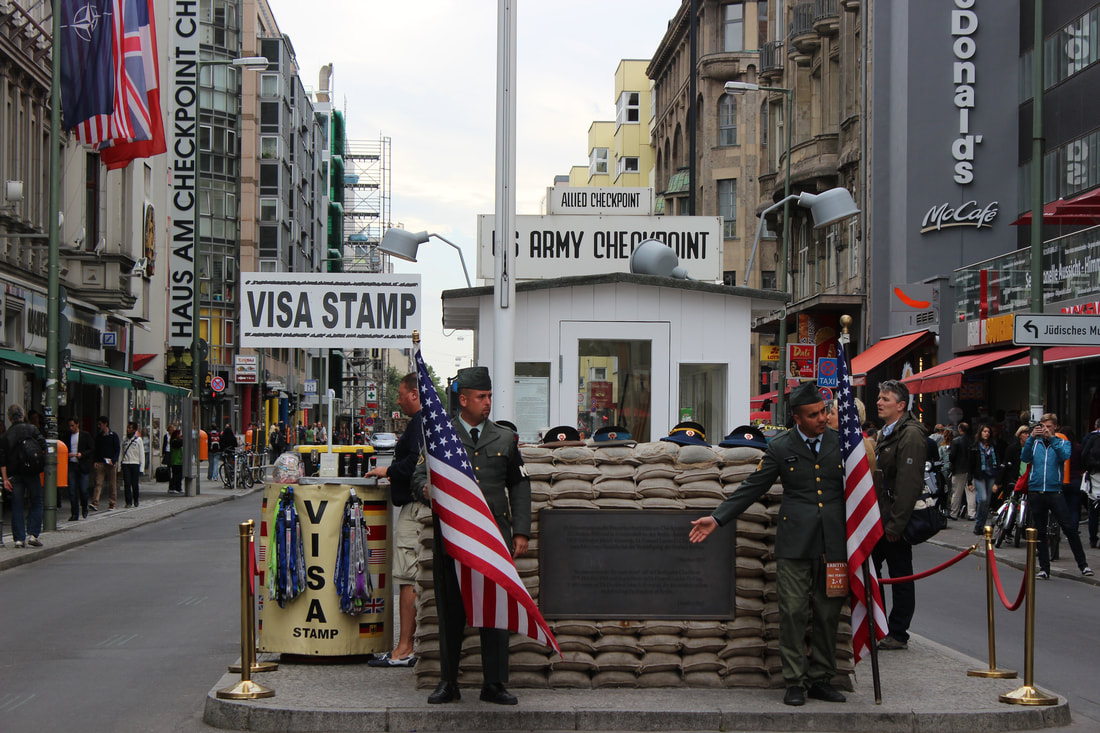
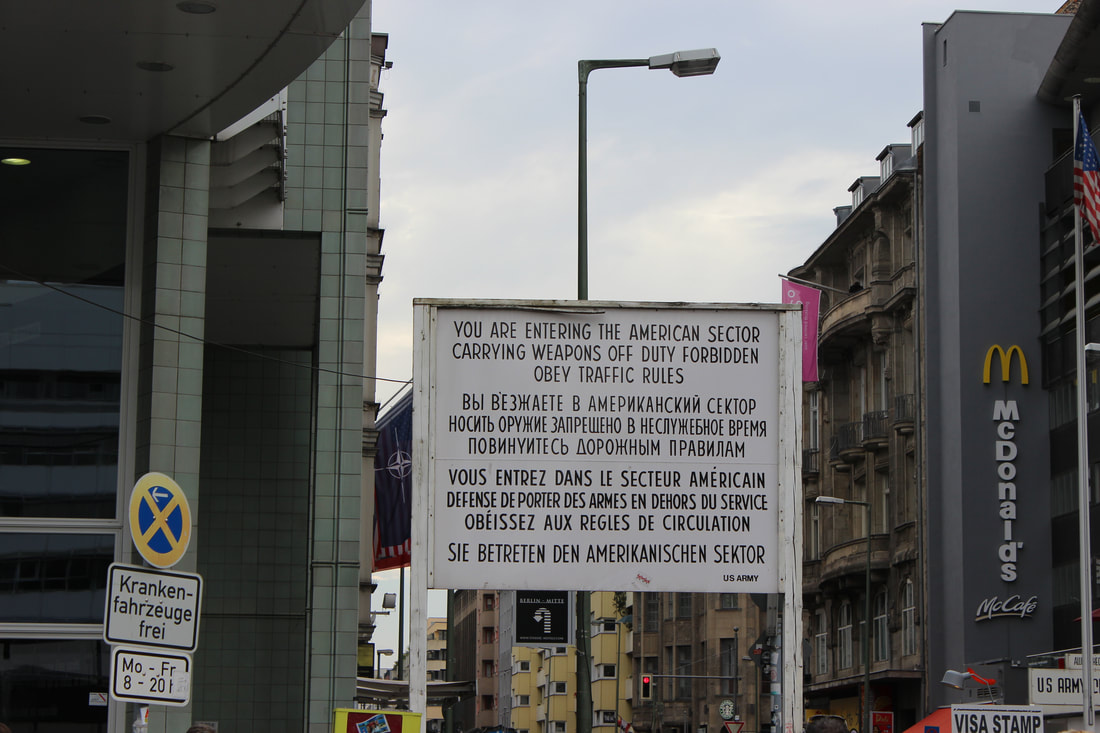
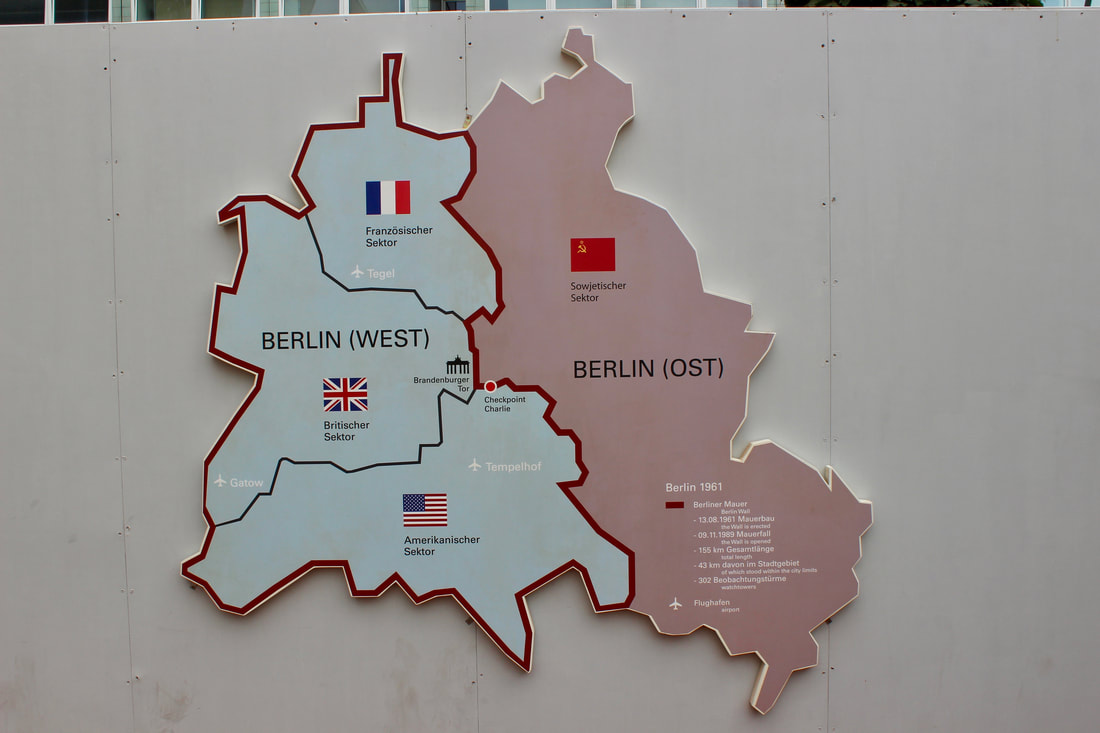
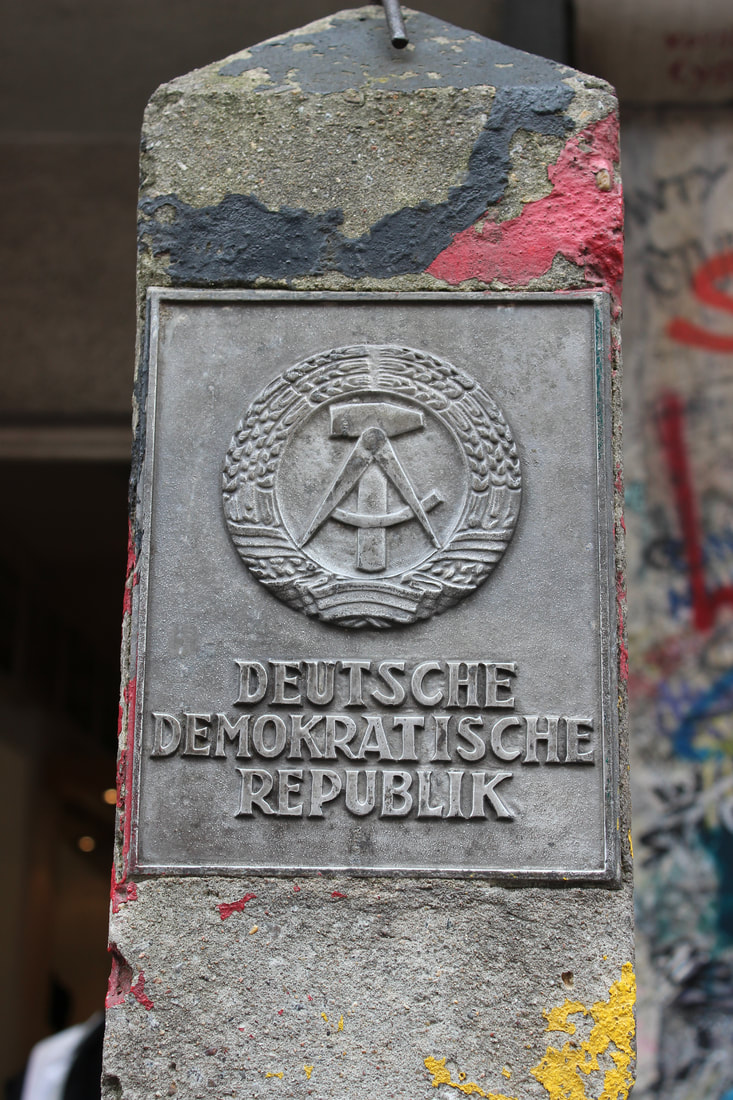
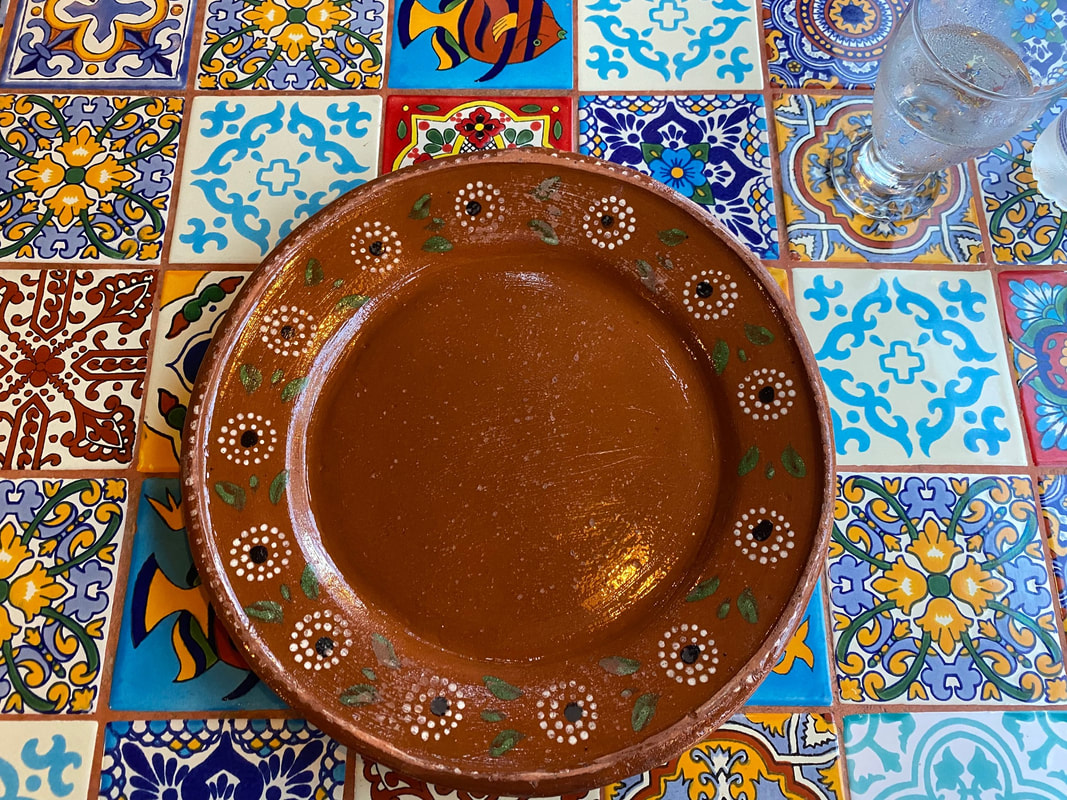
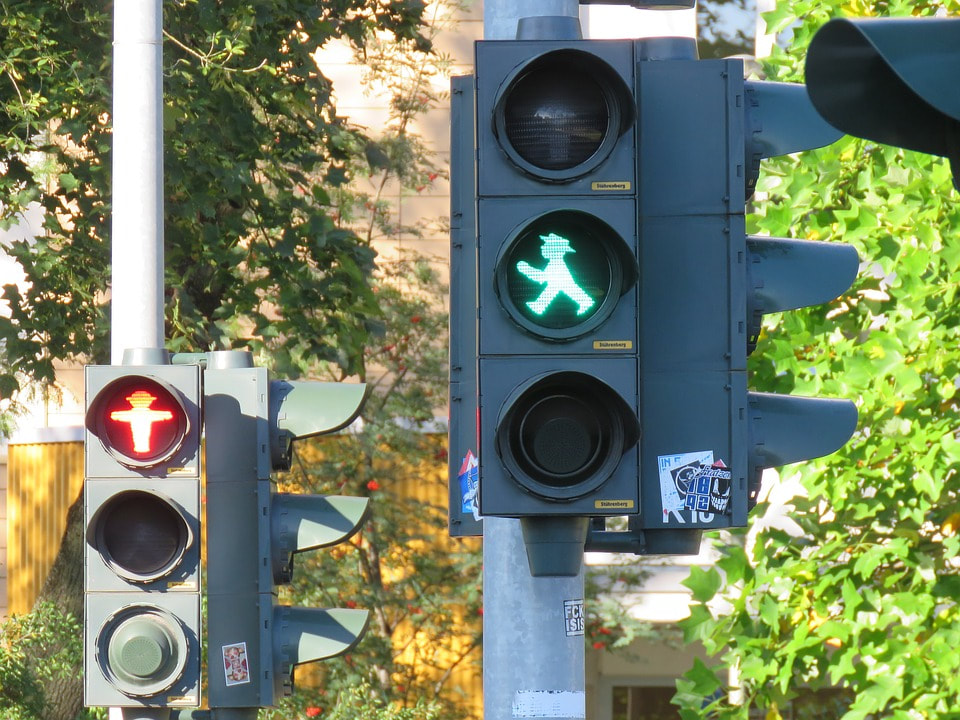
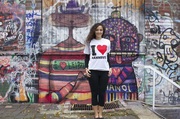

 RSS Feed
RSS Feed